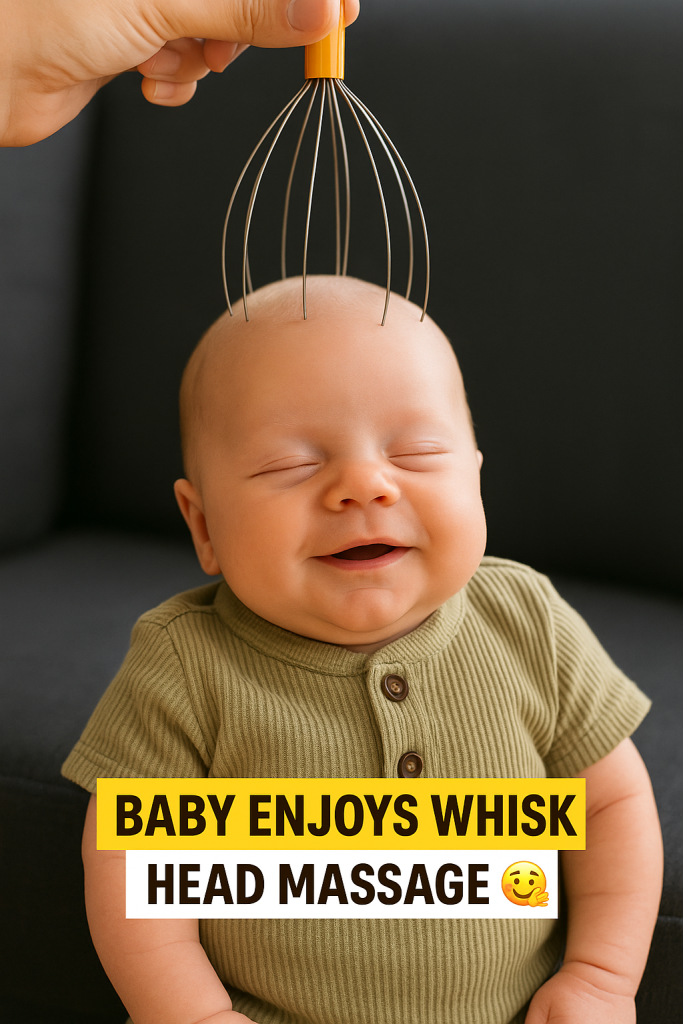The humble kitchen whisk, often overlooked, is a fundamental tool for both novice cooks and seasoned chefs. However, mastering the correct way to use this versatile utensil can transform your cooking and baking results. In 2024, culinary experts and cooking enthusiasts have been sharing fresh insights and updated techniques on how to properly use a kitchen whisk to achieve optimal texture, volume, and consistency.
The Basics of Whisking Right
Using a whisk might seem straightforward, but recent expert advice emphasizes that technique plays a significant role in preventing fatigue, reducing mess, and ensuring uniform mixing. This year’s tutorials reveal that the key to efficient whisking is the motion and angle you maintain throughout the process.
Start by holding the whisk handle firmly but comfortably between your thumb and fingers. The whisk bowl should rest securely on a flat surface, with your other hand stabilizing the bowl edge. Experts recommend maintaining a 45-degree angle between the whisk and the bowl for most tasks. This angle allows air to incorporate effortlessly into ingredients like eggs and cream, resulting in fluffier, lighter mixtures.
Use the Right Motion
Contrary to the common circular stirring motion, the latest culinary guidance suggests employing a side-to-side or back-and-forth wrist movement. This action is less strenuous and more effective in aerating mixtures. For delicate tasks, such as folding egg whites or whipped cream, the motion should be slow and gentle to preserve volume.
Meanwhile, when whisking thicker batters or sauces, a faster but controlled motion can blend ingredients thoroughly without splashing. Avoid aggressive over-whisking, which can cause mixtures, particularly creams and eggs, to break down or curdle.
Choosing the Right Whisk for the Task
Another important aspect experts highlight is using the correct type and size of whisk. Balloon whisks are ideal for whipping and emulsifying, thanks to their broad, rounded wires. Flat whisks work well for deglazing pans and making sauces. For small tasks like beating single eggs, a smaller whisk can offer better control.
Modern kitchen designs increasingly favor silicone-coated whisks suitable for non-stick cookware, preventing surface scratches while maintaining effective mixing performance.
Cleaning and Maintenance Tips
Proper care also extends the life of your whisk and keeps it hygienic. It’s recommended to clean the whisk immediately after use to avoid residue buildup. Soaking the whisk briefly in warm soapy water and using a brush can dislodge trapped food particles. Some whisks are dishwasher safe, but hand washing is advised to preserve the integrity of the wires over time.
Why Whisking Technique Matters
Understanding and applying the correct whisking technique can elevate the texture of your sauces, the fluffiness of your cakes, and the lightness of your meringues. Beyond performance, the right technique minimizes kitchen fatigue and mess, making cooking more enjoyable.
Whether you’re a casual cook looking to improve your omelets or a baking enthusiast aiming for perfect soufflés, mastering these updated whisking tips can instantly boost your confidence and kitchen results.
In summary, the art of whisking in 2024 combines proper hand positioning, motion, tool choice, and care. With these expert directions, the kitchen whisk will no longer be a simple utensil but an essential instrument for culinary success.



